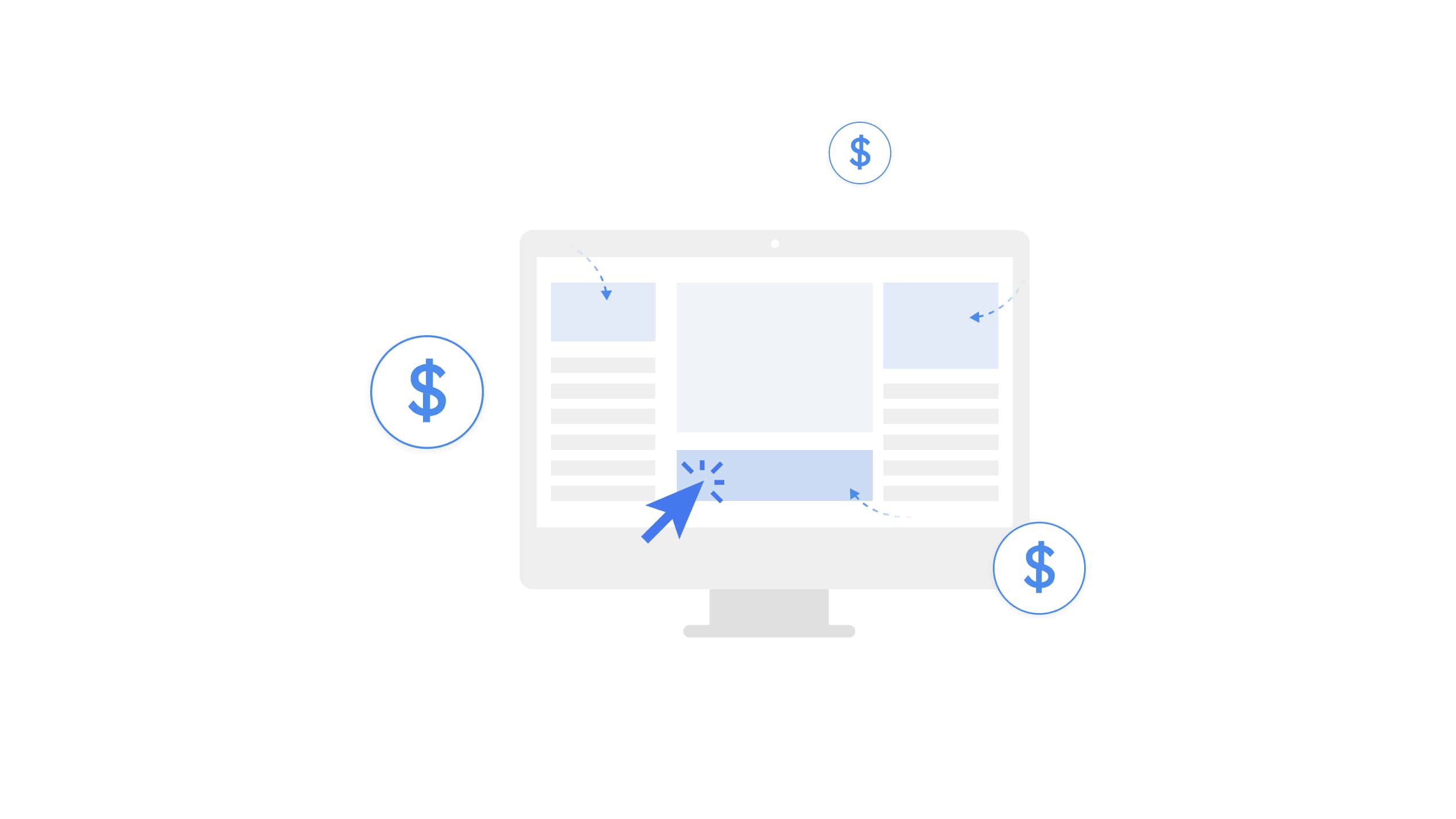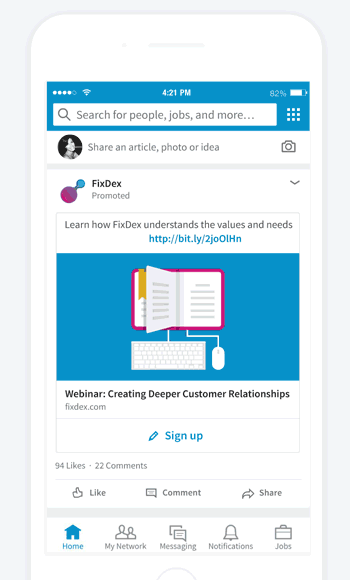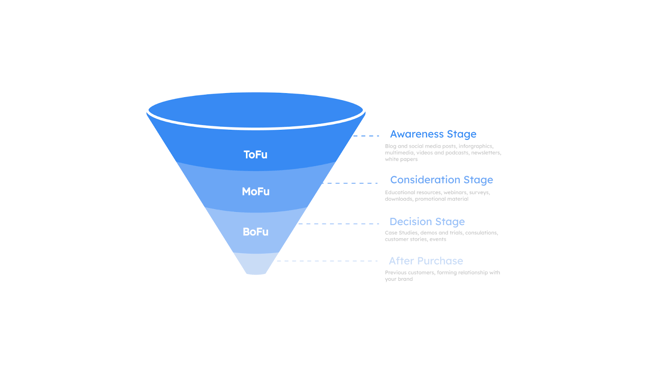4 ways to hack your way to the top without cheating
How to execute your Marketing Strategy without cheating. The drawbacks of paid advertising and why cheating does not work.

A solid paid advertising strategy is an essential element of your B2B SaaS company’s digital presence. When you build a paid ads strategy that works, you can reach your business goals by boosting brand awareness, generating leads, and increasing sales. This blog will walk you through 5 top paid ads strategies you can implement this year to amp up your demand generation efforts.
As its name implies, paid advertising is a paid marketing strategy that involves paid search (think Google, Bing), display ads, social media ads, and more.
While SEO and content can drive organic traffic, paid ads offer a more direct approach to getting the attention of your prospects. Plus, measuring your ROI is much easier since the budget is clearly defined.
The key benefit of paid ads is that you can really hone in on a specific target audience at the right time on the right channel. It is crucial to segment your audience and place the ads where your target audience lives so they can interact with them. If you want something cost-efficient, you can opt for PPC ads as you only pay when someone clicks on the ad or performs a specific desired action.
However, as a SaaS company that is perhaps a minimal viable product (MVP), not yet at product-market fit (PMF), it’s not always immediately clear who your ideal customer profile (ICP) and personas are. In this case, paid ads are not only an investment to get your name out to potential leads; it’s also a great way for you to test the waters and see who is actually interacting with your ads. This way, you have a better idea of who is interested in your product and how it can help solve their problems.
With the introduction of more automation options on Google Ads, gone are the days where you have to spend hours every week checking keyword performance, adding negative keywords, adjusting bids, optimizing for device types, and more. With PPC automation, you can achieve greater efficiency, reach more people with tailored messaging and increase the ROI of your PPC campaigns.
Instead of manually checking your bids every few hours, you can set up an automated rule with conditional statements so that Google can adjust the bid when those specific conditions are met. For example, you can set up automated rules to increase bids for keywords that are converting well and at a low cost per conversion, and decrease bids for those that aren't. Take a look at Google’s support page for more common ways to use automated rules.
Although Google’s automated rules can be helpful, you should not solely depend on them and let them run by themselves. As smart as they are, it can take a while for the system to register certain trends or predict consumer behavior and adjust the bidding accordingly.
At the end of the day, you know your customers the best. Leverage automation and use your best judgment to achieve the performance you need.
Google’s built-in basic automated rules are helpful for marketers and advertisers looking for basic automation features. If you have some extra budget and want to bump your PPC automation up a notch, you can also use a 3rd party software tool for advanced automated rules or hire developers to write custom JavaScript codes.
Retargeting is a type of paid-per-click (PPC) that displays ads to people who have performed certain actions with your website or ads.
Ad platforms like Facebook and Google have retargeting features that allow you to show ads to people who’ve visited your site. Set up a pixel-based retargeting campaign by simply placing a tracking pixel on your site. When the prospect visits and leaves your website to surf the web, the pixel notifies retargeting platforms to display ads based on the specific pages they visited on your website.
Another method of retargeting is called list-based retargeting, which goes after the contact information of the prospects already in your database. With this method, you retarget your selected audience with specific ads by uploading a list of email addresses to a retargeting campaign, and the platform will identify users on that network with those addresses and show retargeting ads to them. This method allows you to have highly customizable criteria for your ads because you can choose who goes on which list.
List retargeting can also be run in conjunction with an ABM campaign or as a form of ABM.
As a B2B SaaS company, you are probably familiar with account-based marketing (if not, I highly recommend you check out this blog to learn more). Account-based retargeting is a highly efficient strategy that allows you to focus your retargeting ads on the decision-makers of the company by filtering for specific job titles or other key indicators.
For instance, if you’re running a LinkedIn outreach campaign, improve the conversion rate by running a list-based retargeting campaign. Hit them first in their LinkedIn messages then on their LinkedIn feed to keep your product at the top of their mind.
One thing to keep in mind as a marketer is to be cautious that you are not overwhelming and annoying your prospects by capping the number of times you are retargeting ads towards them.
LinkedIn Ads is an excellent tool to improve demand generation for your B2B SaaS company. According to LinkedIn, 82% of B2B marketers use LinkedIn for lead generation. Since LinkedIn is a business-focused platform with in-depth targeting functionalities, you can accurately segment your audience based on specific industries, companies, and roles.
However, leads of higher quality and intent come with a cost. LinkedIn Ads can be expensive. To get the most bang for your buck, try out LinkedIn Lead Gen ads to bring your cost per acquisition down. According to LinkedIn, the average conversion rate on a lead gen form is 13% (compared to an estimated average of 2.35% for landing pages).

Source: LinkedIn
Lead gen forms have generally higher conversion rates because they allows a user to submit a form for an offer directly within the LinkedIn feed without going to another website. Generally, offers that work best are gated assets like whitepapers and ebooks that target a ToFu (top of the funnel) of MoFu (middle of the funnel) audience.

The form will also auto-fill any information associated with the user’s account (such as name, email, job title, etc.). Leads can be synced directly to major CRMs and automation platforms such as Hubspot. You can then continue to follow up with the leads who submit the form with nurture emails and retargeting ads. To learn more about how to create nurture email campaigns that convert, check out this blog with a free template.
Video is changing the way people shop and make purchasing decisions. Here are some must-know video marketing stats:
Given that the average attention span of an individual has fallen to 8 seconds, you now only have 8 seconds to engage a prospect and encourage them to explore your product further. Video ads allow you to showcase your product or service in an entertaining, engaging, and digestible format.
In-stream video ads seen on YouTube allow a user to choose whether to let your ad play or skip it at a certain time limit. The cost of running the ad is added to your marketing expenses when the user doesn’t skip the ad. This method works well if your goal is to boost brand awareness and allows you to look at “who” chooses to continue watching the ad.
There are also PPC video ads that would cost you only if someone clicks on them. With the increasing costs of keywords, your ROI for PPC can be facing a downward slope. By implementing PPC video ads, you may save cheaper and face lesser competition.
Here are some tips to make impressionable videos that convert:
Paid marketing is a broad marketing channel with diverse methodologies and opportunities. Some may think paid ads can be a quick win as you are directly putting your product in front of your target audience. This is rarely the case. For most early-stage companies, it takes time and effort to solidify their ICPs and figure out what messaging resonates with them. Be prepared to experiment and spend a lot before reaching a positive ROI.
Let’s say that your product provides employee data and analytics. You know that you likely want to target HR decision-makers, but do you know how to position your product to truly resonate with their pain points? Which keywords perform the best? Is it employee satisfaction or employee retention?
In addition to optimizing your messaging, you should also optimize your paid channels. The most popular platforms like Google Ads, LinkedIn, and Facebook all offer a variety of options. However, you should monitor the performance of each platform to see whether they are the best choice for your B2B target audience.
If you notice that your Google Ads campaign is garnering lower-quality leads than your LinkedIn ads, consider allocating more budget towards Linkedin. Or, if you’re seeing a low performance on your single-image LinkedIn ads, try creating carousel ads, video ads, or even lead generation forms. You can even think outside the box and consider niche paid options such as Capterra’s PPC program that allows you to be seen by software buyers with high intent.
In most cases, it takes time and patience to test and optimize and test again. Ultimately, you will save money on your B2B SaaS ads and increase your ROI.
Don’t be afraid to test the waters and learn from your wins and failures.
If you liked this blog, make sure to check out these related resources:
How to execute your Marketing Strategy without cheating. The drawbacks of paid advertising and why cheating does not work.
Paid Advertising is not just bad in isolation. It provides an excuse for the marketing team to not do great content marketing and digital marketing...
Should you never allow your team to spend budget on PPC advertising? Or to commission external writers to build content? Never say never.
Be the first to know about new B2B SaaS Marketing insights to build or refine your marketing function with the tools and knowledge of today’s industry.